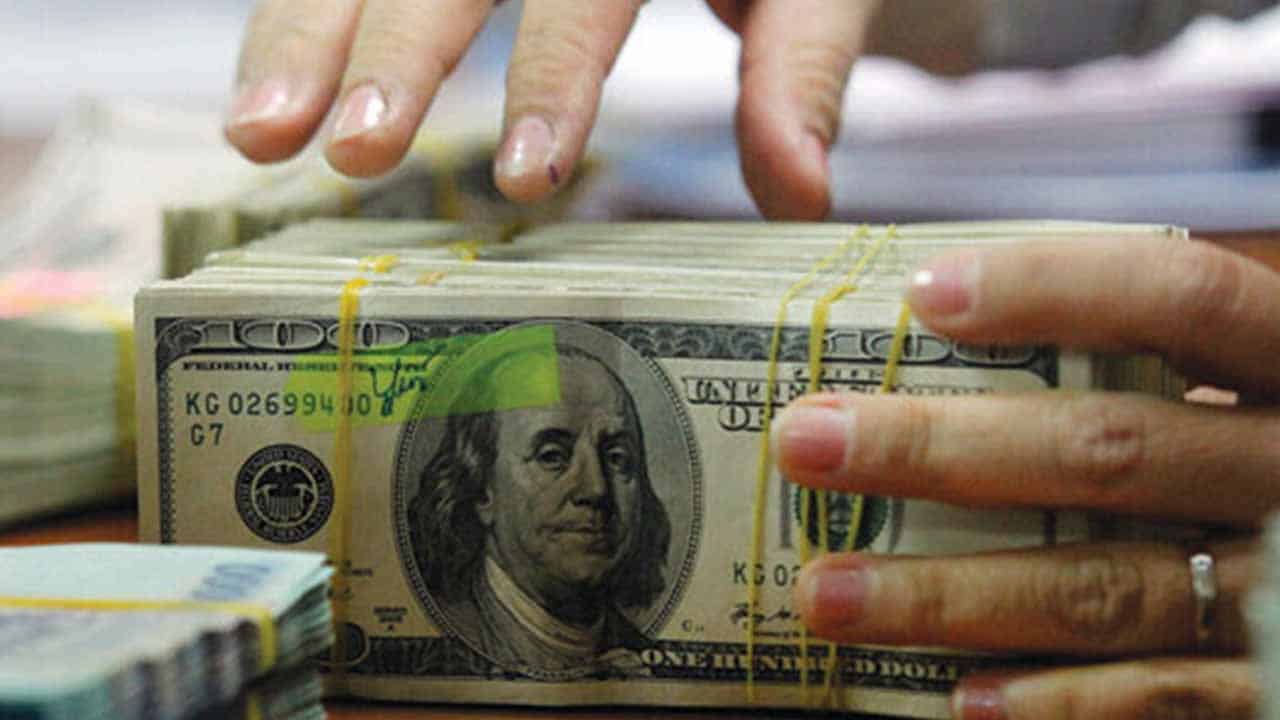The Pakistani rupee gained little against the US dollar, gaining about 0.08% in the early hours of Friday trade in the interbank market.
At roughly 11:55 a.m., the rupee was trading at 286.50, up Re0.23.
The rupee strengthened against the US dollar for the third consecutive session on Thursday, gaining 0.09% to close at 286.73.
In a significant development, Prime Minister Shehbaz Sharif met Kristalina Georgieva, Managing Director of the International Monetary Fund (IMF), on the sidelines of the Summit for a New Global Financial Pact, which was held in Paris on Thursday, in the hope that the lender will approve the funds allocated under the bailout.
The restart of the IMF programme, which is set to expire on June 30, is critical for the cash-strapped economy.
Separately, Pakistan’s total liquid foreign exchange reserves decreased by $515 million in the previous week, owing primarily to external debt service. However, Pakistan has received another $300 million inflow from China.
According to the State Bank of Pakistan (SBP), the country’s total liquid foreign exchange reserves were at $ 8.864 billion on June 16, 2023, down from $ 9.378 billion on June 6, 2023.
Internationally, the US dollar benefited from a bout of risk aversion on Friday, as hawkish comments from global central banks, including the Federal Reserve, fueled fears that rapid monetary tightening might force nations into a deeper recession.
The restart of the IMF programme, which is set to expire on June 30, is critical for the cash-strapped economy.
Separately, Pakistan’s total liquid foreign exchange reserves decreased by $515 million in the previous week, owing primarily to external debt service. However, Pakistan has received another $300 million inflow from China.
According to the State Bank of Pakistan (SBP), the country’s total liquid foreign exchange reserves were at $ 8.864 billion on June 16, 2023, down from $ 9.378 billion on June 6, 2023.
Internationally, the US dollar benefited from a bout of risk aversion on Friday, as hawkish comments from global central banks, including the Federal Reserve, fueled fears that rapid monetary tightening might force nations into a deeper recession.












